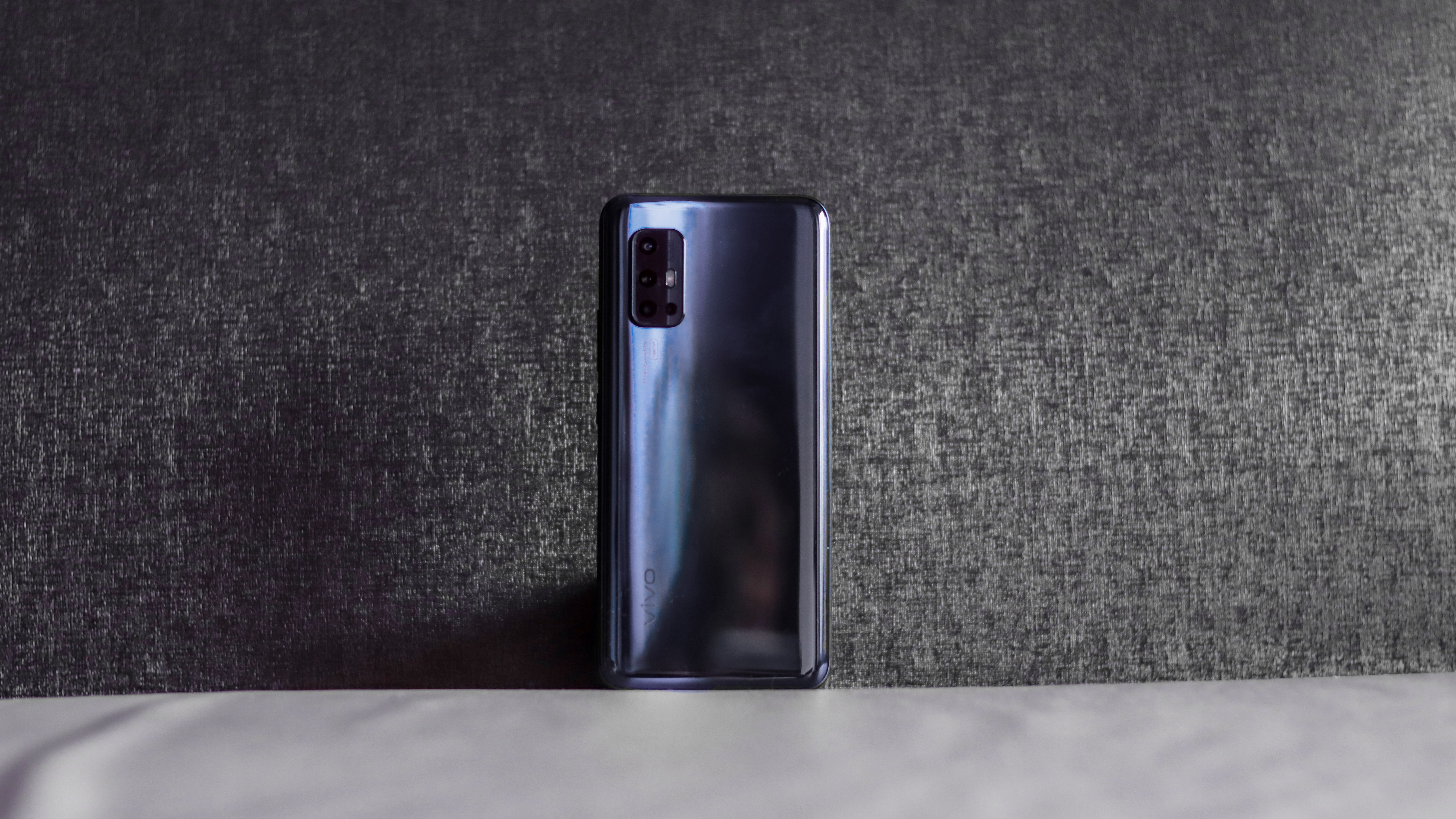Why you can trust TechRadar
Software and interface
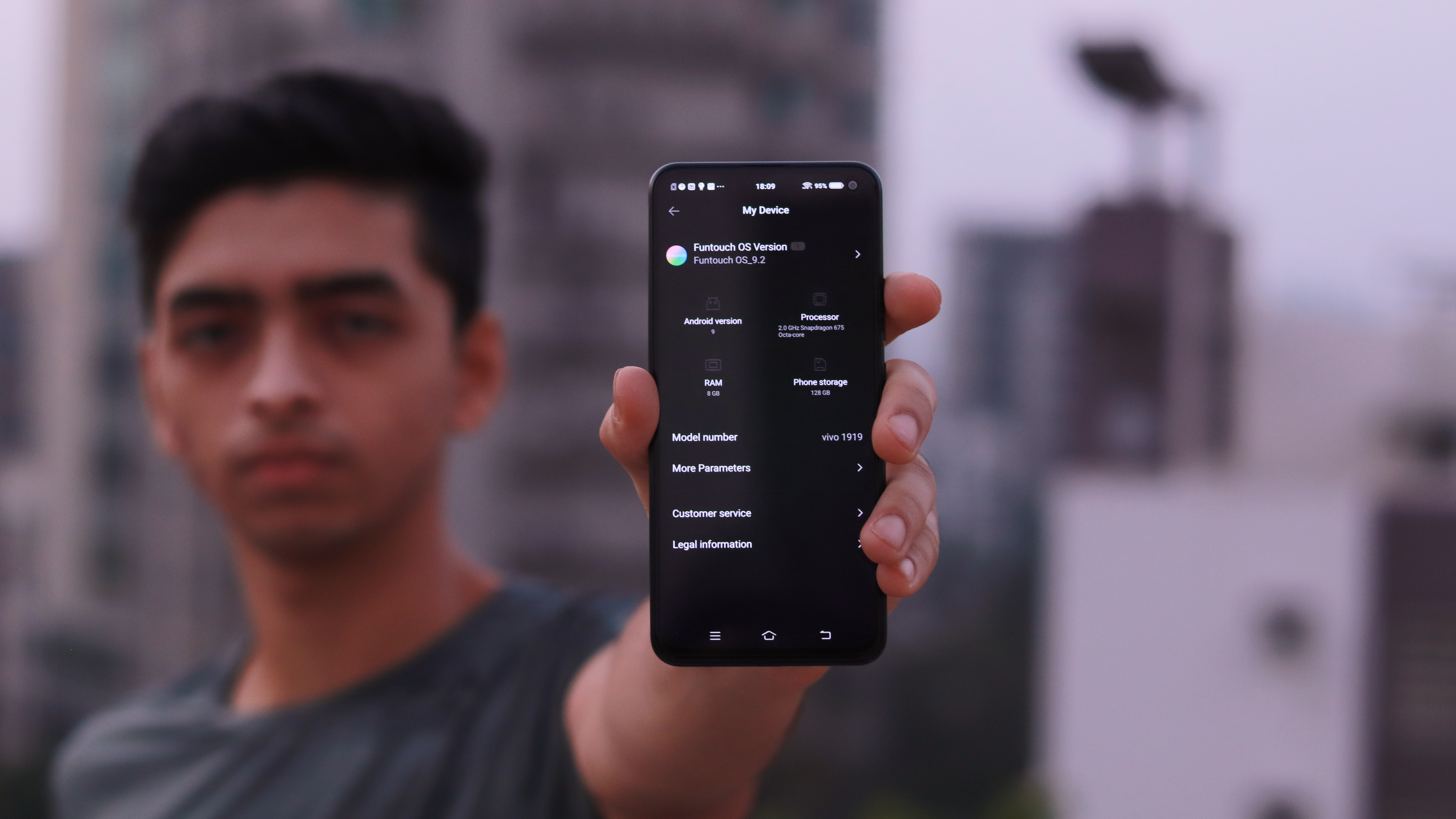
On the topic of optimizations, the Vivo V17 runs on Funtouch OS 9.2 over Android 9 Pie. It’s the same tiring skin we’ve been seeing for a few generations now, with very few changes being made to change the interface. Yes, it is still pretty similar to iOS, especially with its quick toggles screen that comes up from the bottom, which can be long-pressed for additional options.
The rest of the UI is standard fare with no app drawer and a healthy sprinkling of proprietory services that you are likely to open only by mistake. There’s a Jovi smart assistant screen with some recent apps and services, frequent contacts, and upcoming events. Overall, Funtouch OS remains as one of the heaviest skins around.
It is, however, well-optimized not to discharge the battery unnecessarily and is one of the best software implementations in this regard.
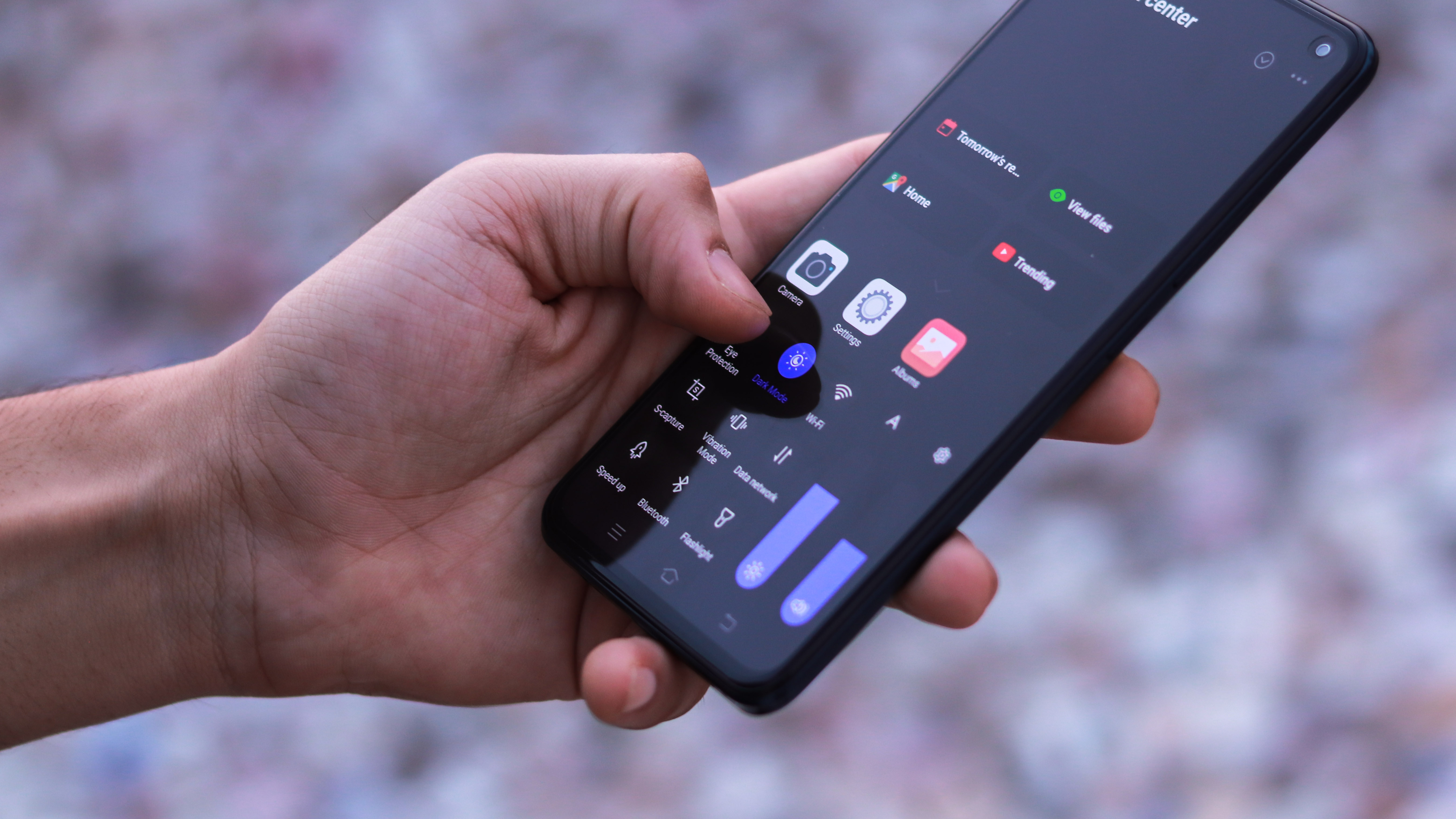
Battery and Charging
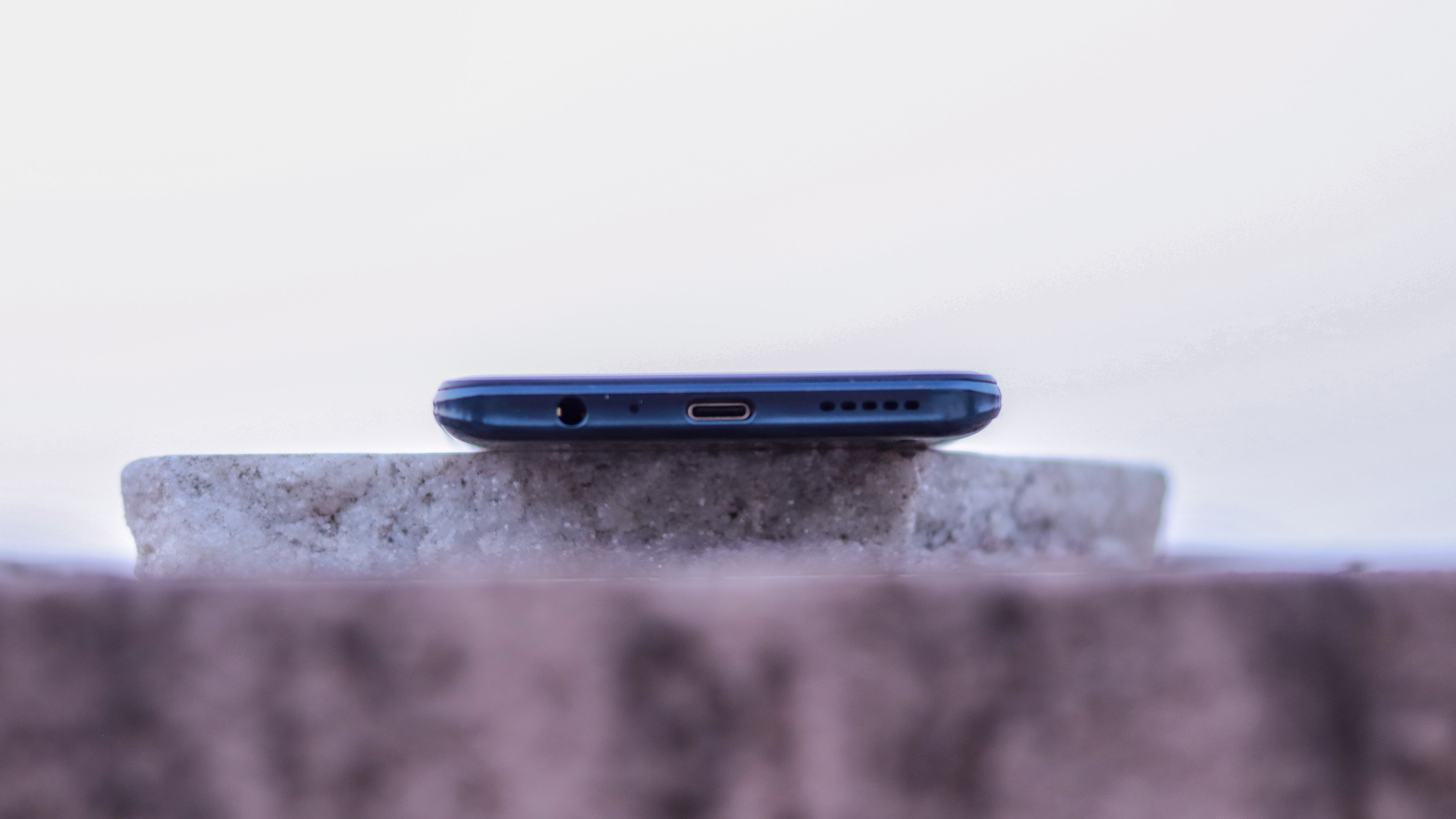
A 4,500mAh battery runs the show on the Vivo V17, which combines beautifully with the software side of things to yield great battery life. On average, it would give me over 6 hours of screen-on-time. Long periods of gaming would make a dent, but not so much. It’s one of the best performing smartphones in this segment when it comes to battery backup. We were able to take it to the second day on most charge cycles.
An 18W USB Type-C charger is included with the phone, which fills up the battery to 35% in half an hour, with a full charge taking an hour more. It’s significantly slower than its competitors when it comes to charging.
Camera
Cameras used to be one of the highlights on Vivo smartphones. Our Vivo V17 has four of them on the back, consisting of a 48MP f/1.8 primary camera, an 8MP ultra-wide shooter, a 2MP macro lens, and a depth sensor.
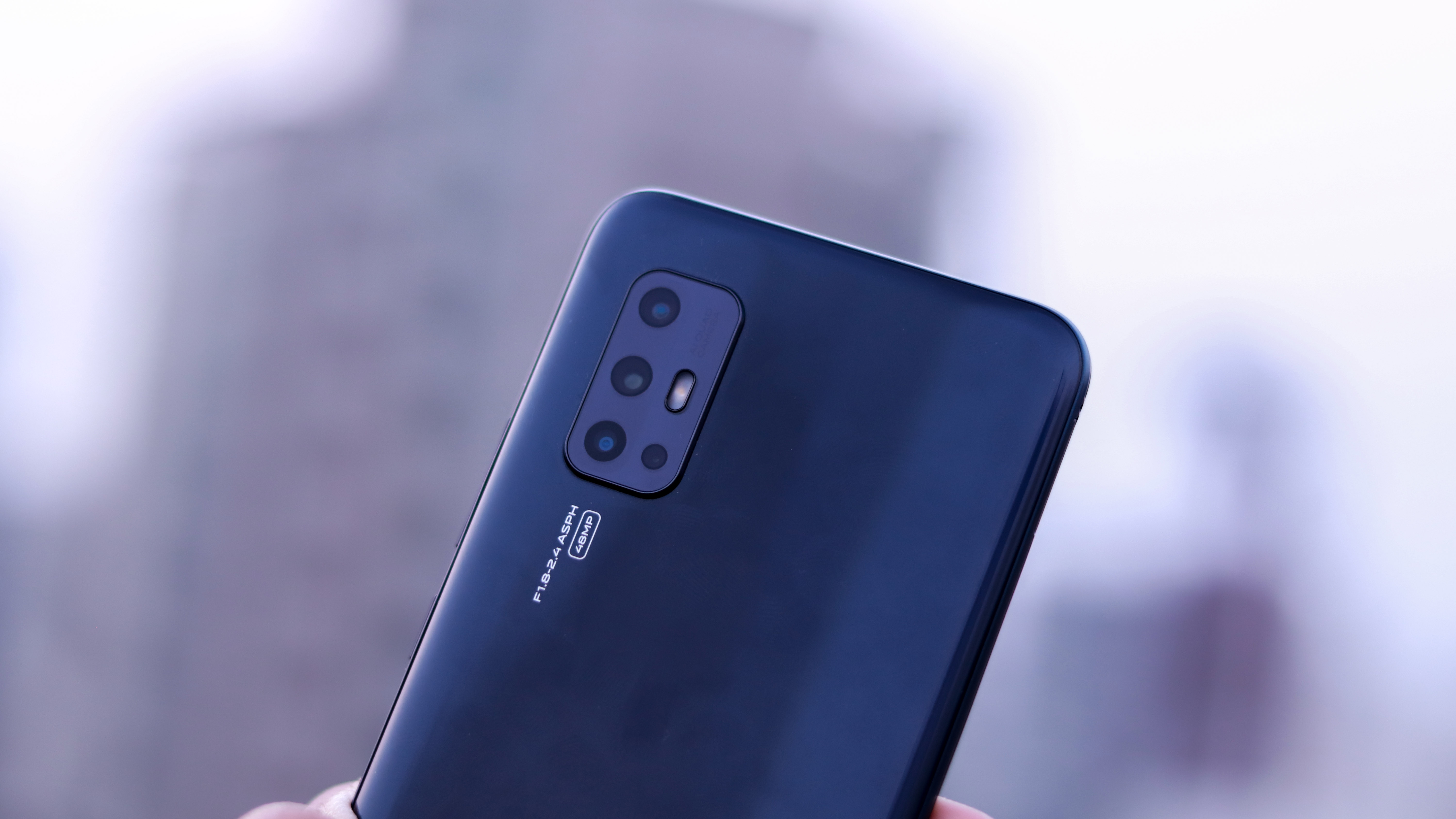
In bright conditions, the images had ample detail and sharpness with a pretty accurate color rendition. The dynamic range is decent but not the best, and your spot of metering may affect your result drastically.


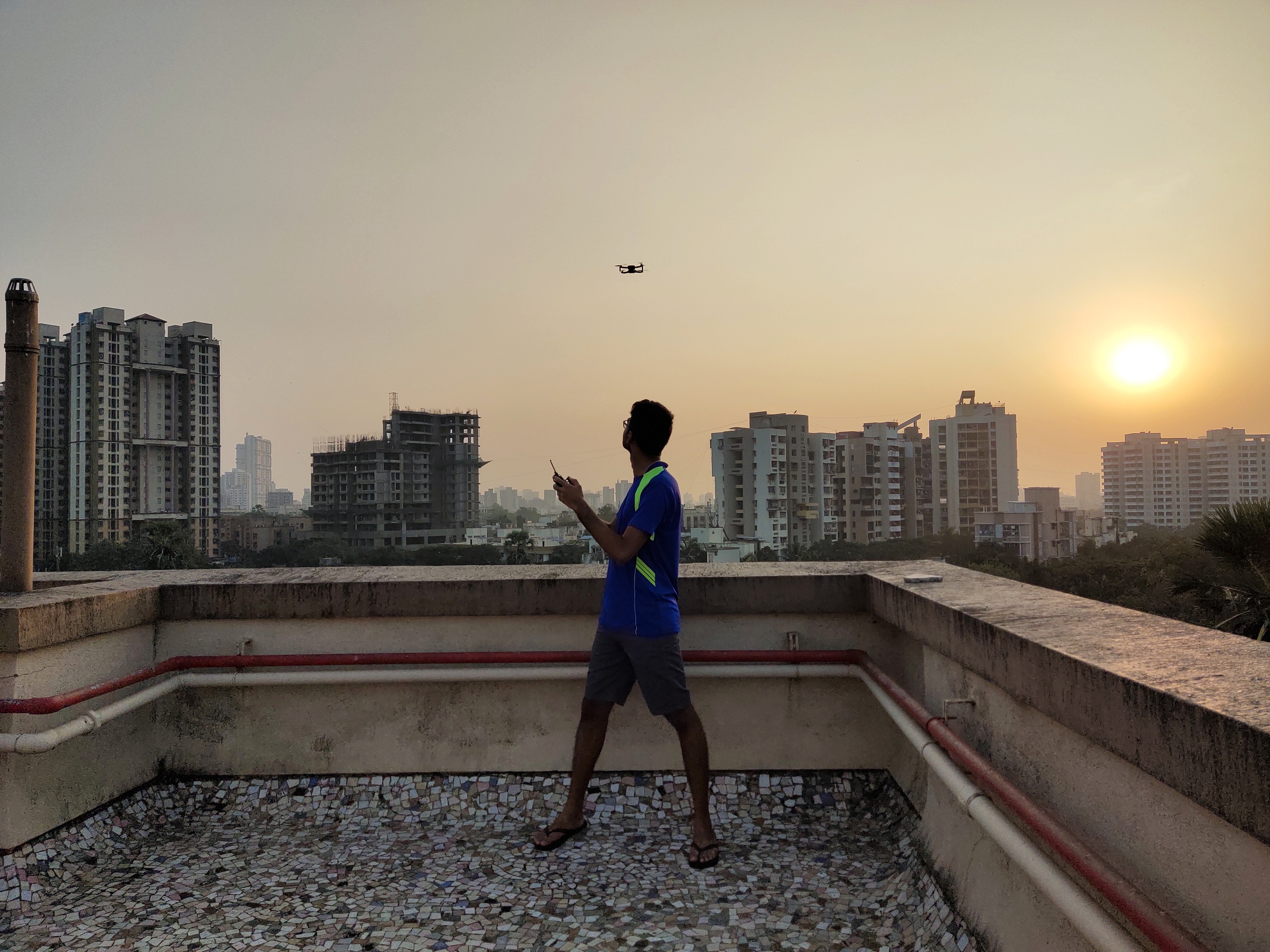
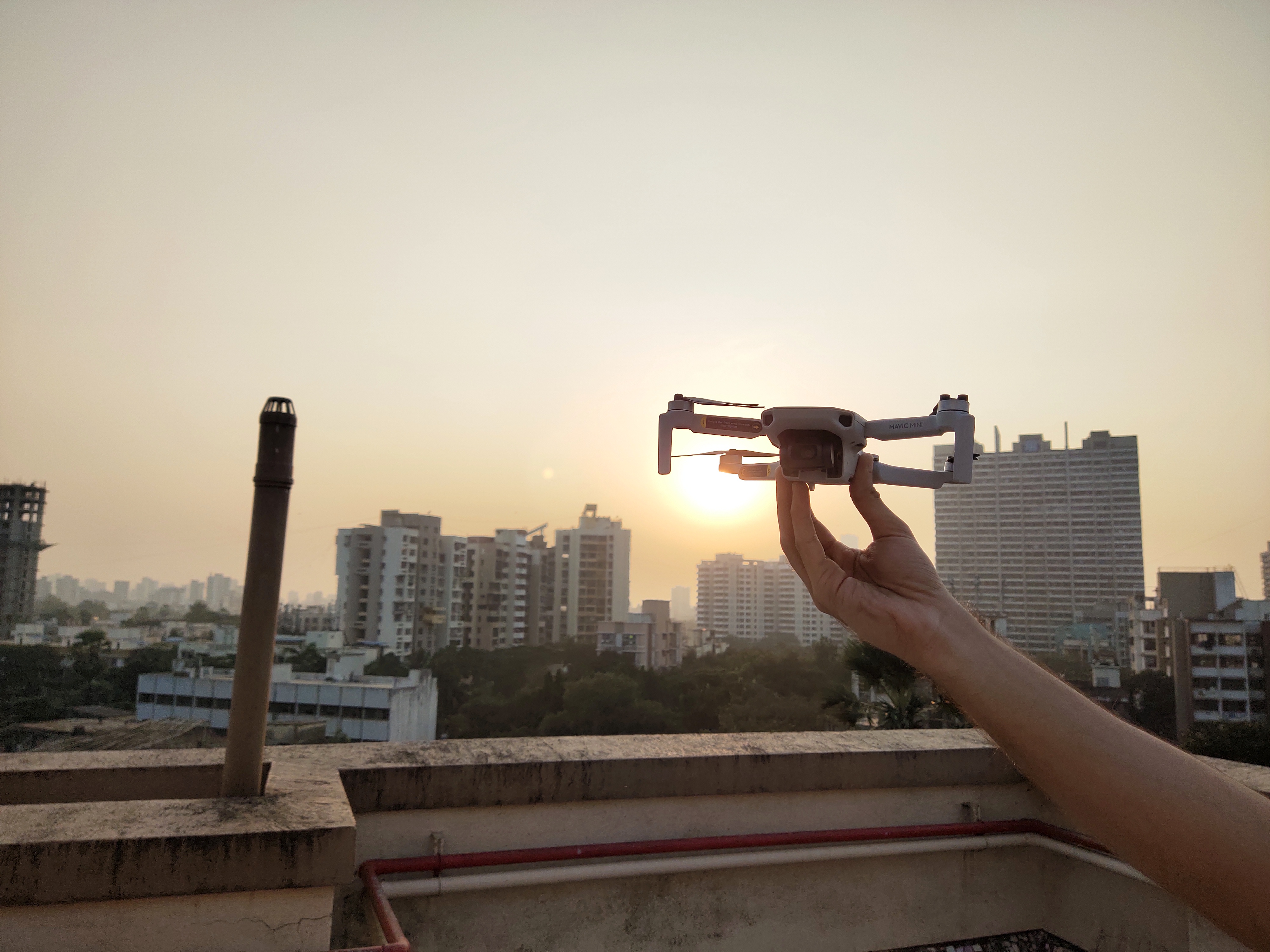
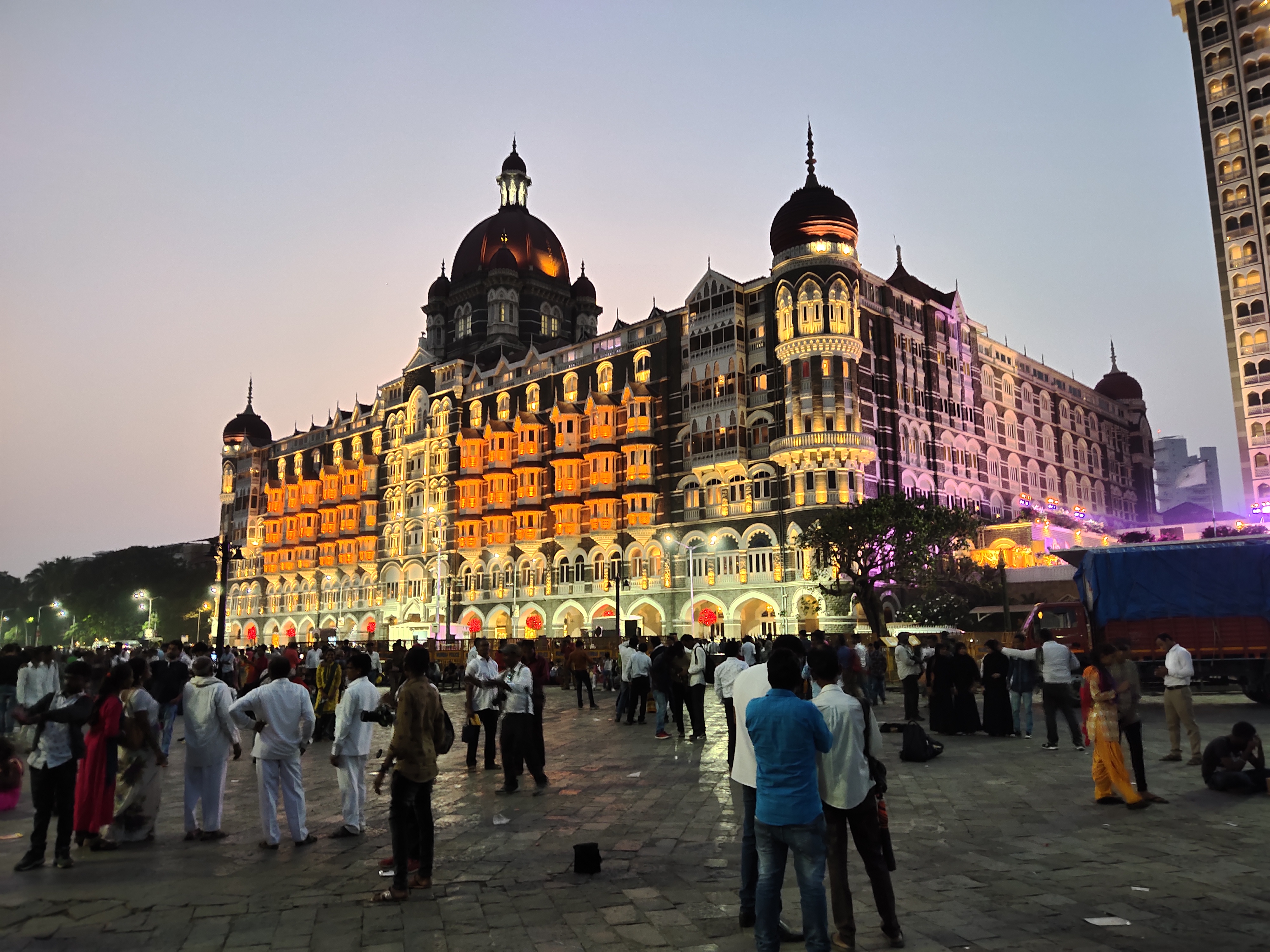

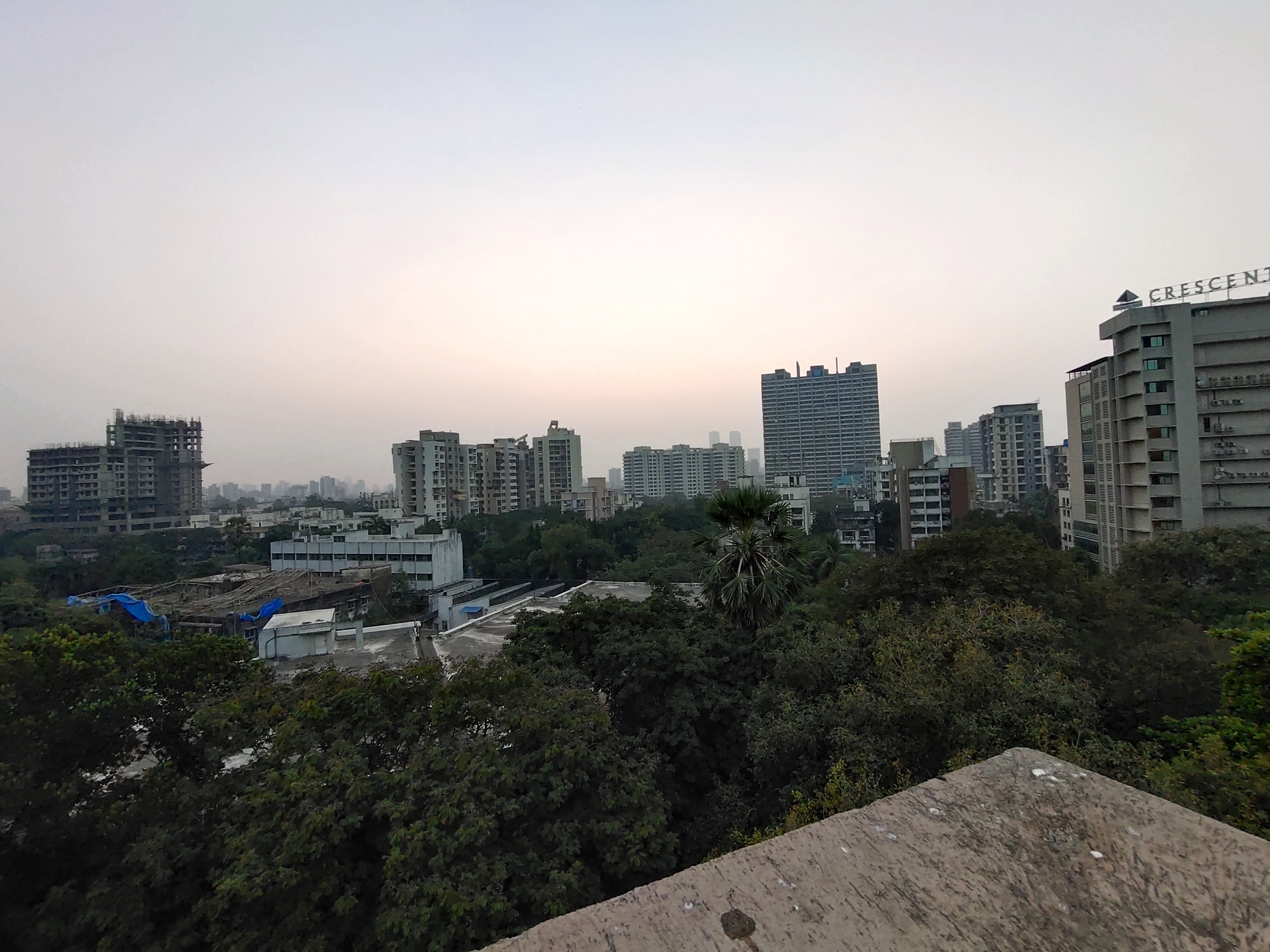
The ultrawide lens brings a unique perspective to the images, but the dynamic range and sharpness take a big hit. This gets further amplified in darker shooting conditions.


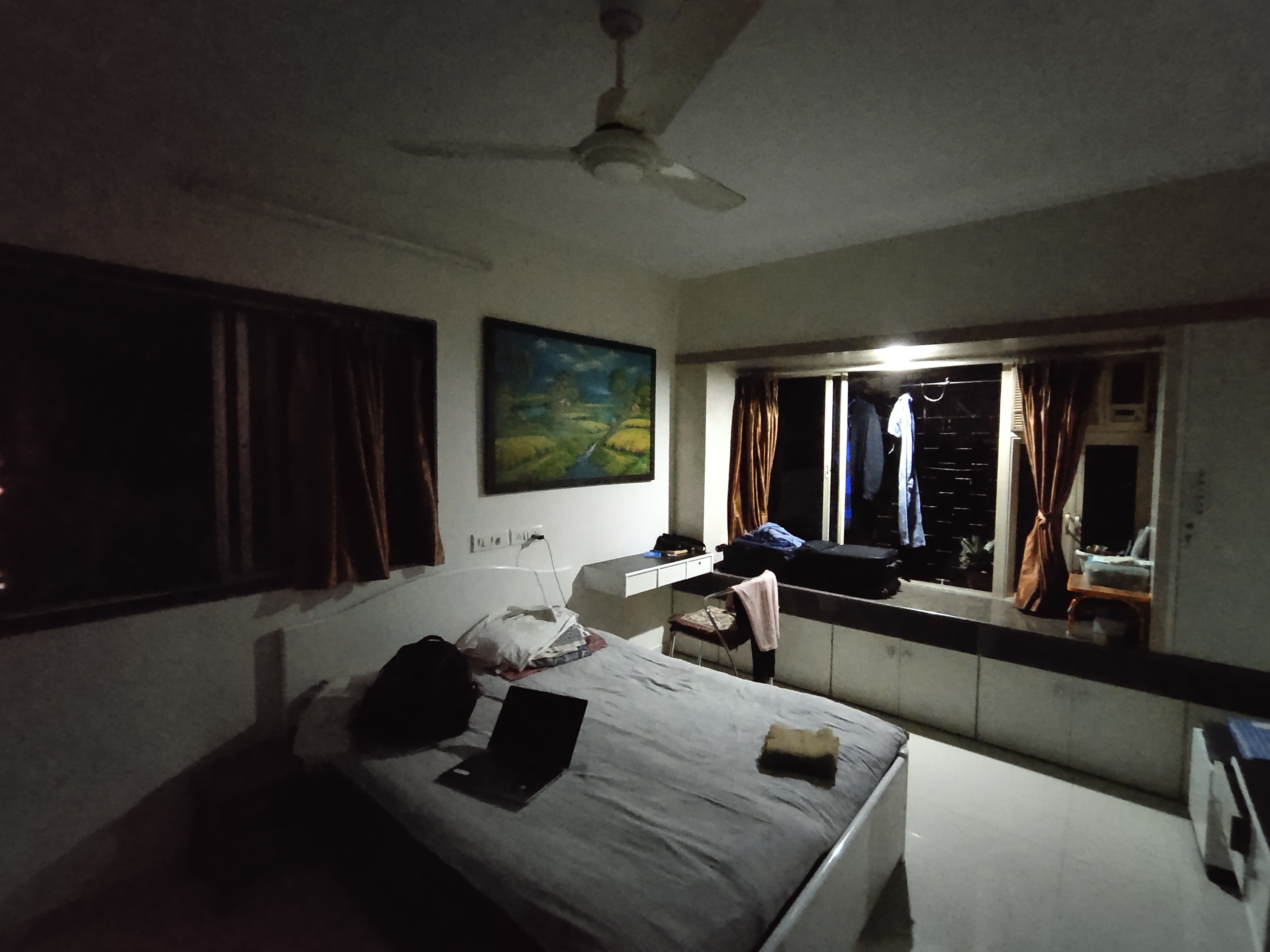

There’s a night mode too, which can help bring more details in the darker parts of the image. We were told that low light photography is one of the strong points of the Vivo V17, but honestly, the results were nothing out of the ordinary. The color temperature would often get messed up and the results would lack contrast due to the raised shadows.






The onboard photo editing suite is robust and can drastically improve the image when used tastefully. Overall, this camera left a lot to be desired. Smartphones by Xiaomi and Realme brought much of the same experience and results at a much lower price.






Verdict

2019 was an excellent year for Vivo, occupying the third position (after Xiaomi and Samsung). This was boosted by the great budget offerings from the U series and the Z series. With the V series, it has usually tried to bring many aspirational elements to the sub Rs 30K segment. The V17 does it with the design and the cameras. However, knowing the kind of market India is, the offerings from competitors such as the Samsung M40, Realme X2, and the Redmi Note 8 Pro offer a much more wholesome experience at a lower price.
Of course, their display engineering (concerning the hole-punch) is no match for Vivo’s, but we fathom that consumers in this segment don’t appreciate that over the internal specifications. If your preferences rank the looks of a device over raw performance and want a reliable camera and battery life, then the Vivo V17 could deserve a spot in your pocket. If not, then the competitors listed will be better picks for your kind of usage.
Aakash is the engine that keeps TechRadar India running, using his experience and ideas to help consumers get to the right products via reviews, buying guides and explainers. Apart from phones, computers and cameras, he is obsessed with electric vehicles.
